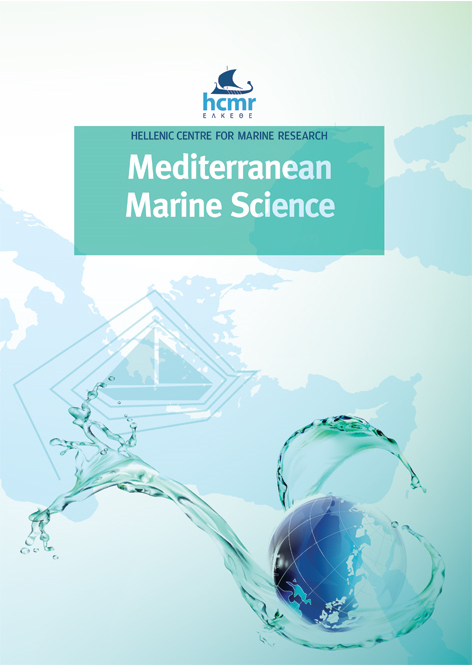Ecology, distribution and expansion of a Mediterranean native invader, the fireworm Hermodice carunculata (Annelida)

Abstract
Global change and the overall raise of seawater temperature are causing a poleward shift in species distribution, increasing the occurrence of warm-water biota in many ecosystems worldwide. In the Mediterranean, the ongoing sea warming is promoting native subtropical species to invader status. The bearded fireworm Hermodice carunculata (Amphinomida) is a thermophilic generalist predator spreading in the Central Mediterranean Sea. Although it is a typical inhabitant of Ionian coasts, several sightings have occurred at more northerly localities along the Tyrrhenian and Adriatic Seas, suggesting that density increases and range expansion are underway. These distributional records are in contrast with historical literature and museum collections, which provide poor sporadic information.
The present study aimed at investigating the spatiotemporal changes that have occurred in H. carunculata abundances and distribution in the Mediterranean basins surrounding the Italian peninsula so far. We examined an exhaustive collection of existing information. A total of 857 reports of H. carunculata were collected from 368 localities. These data significantly expand knowledge on the life and feeding habit of H. carunculata. The integration of different data sources allowed the reconstruction of the shifts that have happened over the last 50 years, which are coherent with the consistent warming trend of Mediterranean Sea surface temperatures. Recent colonization events have occurred both along the Adriatic and Western Mediterranean coasts. The present findings provide unique insights into the expansion of H. carunculata, supporting future spreading throughout the Northern and Western Mediterranean. Tracking these changes is critical to assess potential impacts on coastal rocky-benthic communities, public health and commercial fisheries.
Article Details
- Zitationsvorschlag
-
RIGHI, S., PREVEDELLI, D., & SIMONINI, R. (2020). Ecology, distribution and expansion of a Mediterranean native invader, the fireworm Hermodice carunculata (Annelida). Mediterranean Marine Science, 21(3), 558–574. https://doi.org/10.12681/mms.23117
- Ausgabe
- Bd. 21 Nr. 3 (2020)
- Rubrik
- Research Article
Authors who publish with this journal agree to the following terms:
- Authors retain copyright and grant the journal right of first publication with the work simultaneously licensed under a Creative Commons Attribution Non-Commercial License that allows others to share the work with an acknowledgement of the work's authorship and initial publication in this journal.
- Authors are able to enter into separate, additional contractual arrangements for the non-exclusive distribution of the journal's published version of the work (e.g. post it to an institutional repository or publish it in a book), with an acknowledgement of its initial publication in this journal.
- Authors are permitted and encouraged to post their work online (preferably in institutional repositories or on their website) prior to and during the submission process, as it can lead to productive exchanges, as well as earlier and greater citation of published work (See The Effect of Open Access).






